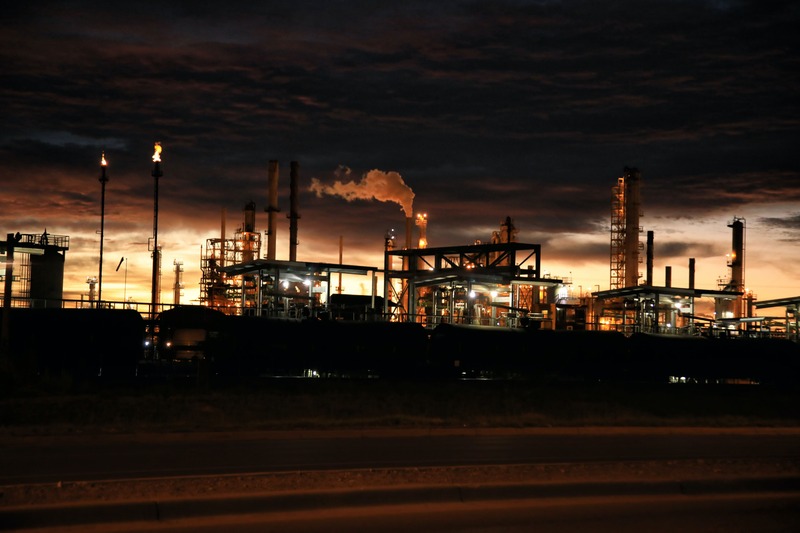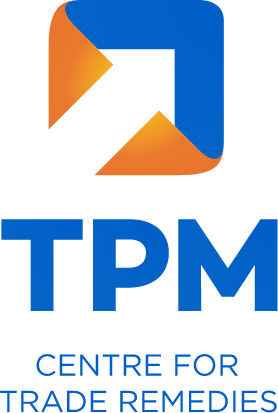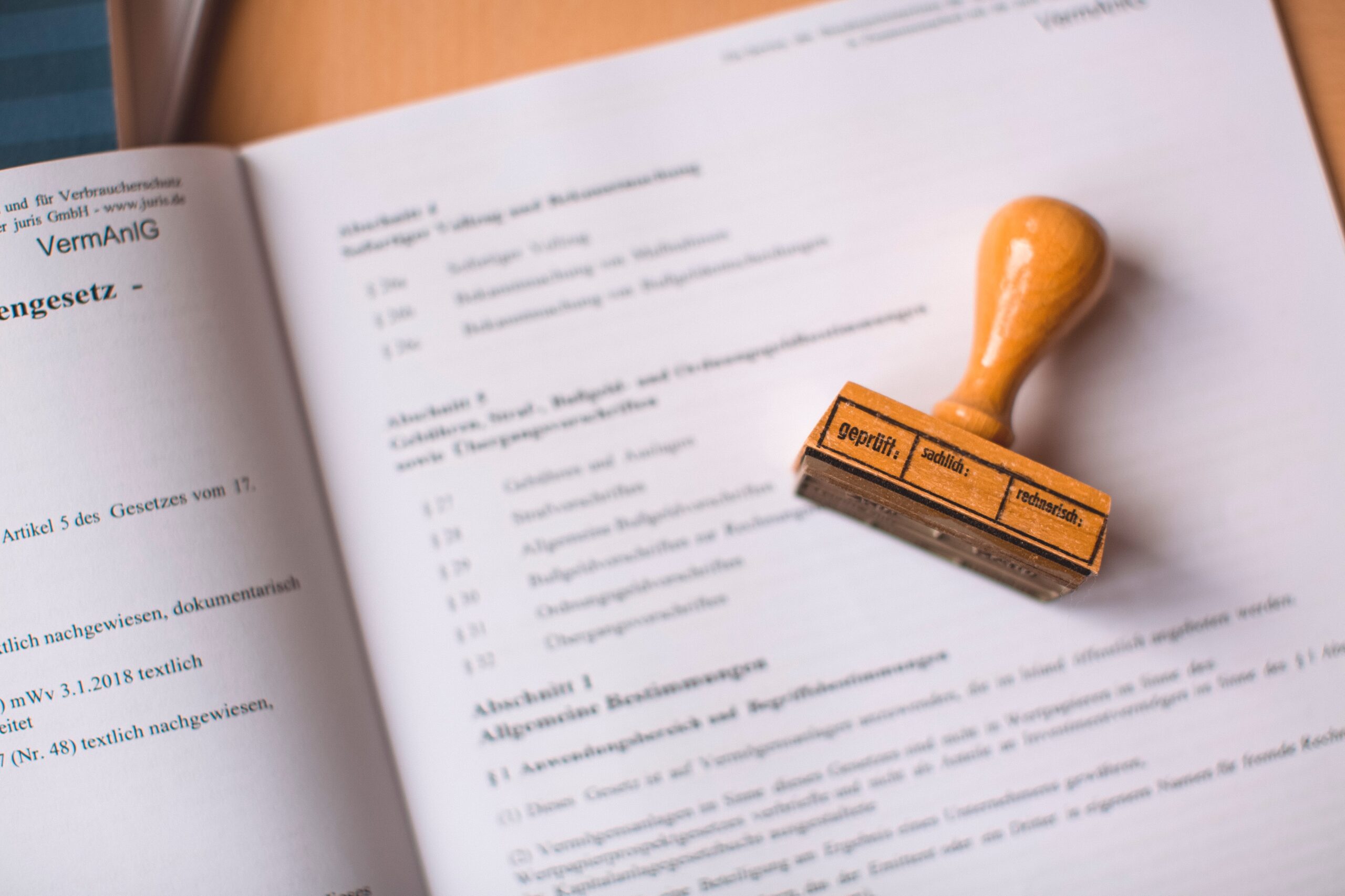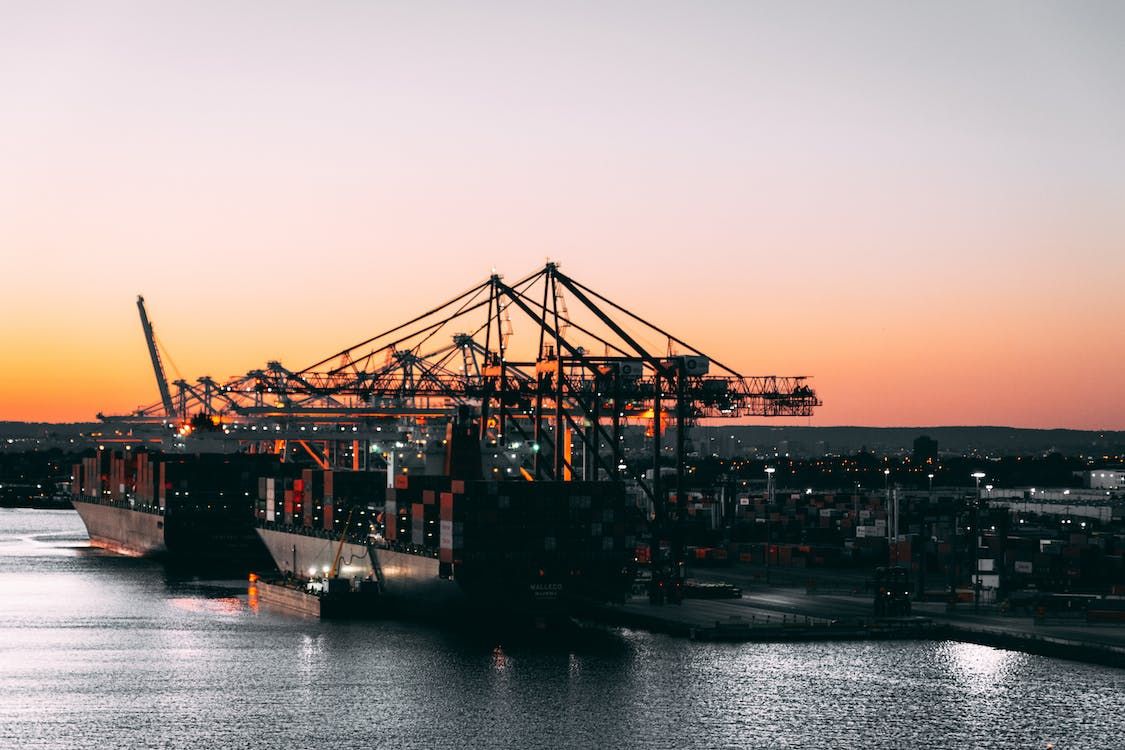Focus on Higher Domestic Production: PLI Scheme

Authors: Nihit Gupta, Joint Partner
Production Linked Incentive (also known as PLI) is a government initiative launched in March of 2020, to encourage investment from foreign and domestic companies and to create more employment. The idea behind the scheme is relatively simple:
- To boost India’s manufacturing capabilities
- To decrease reliance on imports
- To enhance export-oriented production
As the name suggests, the PLI scheme works by providing incentives which are directly linked to the production/manufacturing capabilities of a company. The PLI scheme can be implemented by the concerned ministries/departments and shall be within the overall financial limits prescribed. The final proposals of PLI for individual sectors will be appraised by the Expenditure Finance Committee (EFC) and approved by the Cabinet. Any new sector for PLI will require fresh approval of the Cabinet.
The scheme was first introduced in following three key sectors identified by the Government:
- Mobile manufacturing and electric components
- Medical device manufacturing
- Active Pharmaceutical Industry (API)
The duration of the scheme ranges from four to six years and typically operates on the premise of providing incentive in form of a) some percentage of cash incentive to manufacturing companies on every additional production/ sale made over the base year, or b) increase in basic customs duties. To avail these benefits, a manufacturing entity has to establish its eligibility, which might include certain investments being planned and type of investment (whether greenfield or brownfield), etc. This gives manufacturing companies a support for current investments and direct incentive to boost capacities and manufacturing facilities further. The scheme is genesis of Government’s view of enhancing domestic production of goods to make the country ‘Aatmanirbhar’. Another key component of the scheme, which was announced in November 2021, is that savings generated from one sector can be transferred to other sectors making efficient and complete use of the budget assigned for the scheme.
Implementation of the sector-specific schemes is the responsibility of the involved ministries and departments. Initially, the scheme was notified in three key sectors; however, as of now the scheme is active across 13 different sectors, including ACC battery manufacturing, electronic / technology products, automobile and auto components, pharmaceuticals, telecom products, textiles, food processing, solar PV manufacturing, steel products, medical devices, drug intermediates and APIs, white goods, and mobile manufacturing.
For the purpose of seeking benefit under the scheme, an eligible manufacturing entity has to make an application as per guidelines issued along with the scheme. For the purpose of eligibility under the scheme, typical requirement is investment and additional sale of manufactured goods over the base year. However, this is a general criteria and every sector has specific eligibility criteria that a manufacturer needs to satisfy to receive the benefit. For example, in case of mobile phone manufacturing, domestic companies must have a consolidated global manufacturing revenue (including group companies) of more than INR 100 crore in the base year of 2019-20.
The PLI scheme has garnered huge success in India. The World Bank believes that PLI will assist the Indian economy to grow at a rate of 8.7% in the FY 2022-23, outperforming the growth rate of emerging rival economies like China. According to the Finance Minister Nirmala Sitharaman, the scheme is set to generate 6 million new jobs in the next 5 years. Apart from this, the scheme has been well received by manufacturing companies as Government has received applications for PLI from hundreds of companies across sectors. Through the virtue of this scheme the Indian Government will push Indian manufactured products and brands to become a global staple boosting the Indian GDP and forex reserves.
While the 13 Sectors that have received the benefit of this scheme are performing well, the Government does not plan to stop yet. According to the Minister of Chemical and Fertilizers, Mansukh Mandaviya, the Ministry is planning to extend PLI scheme to the chemical sector as well. Further, the Ministry seems to be considering holding industrial consultations in order to see the possibilities of PLI scheme and discuss the modalities around the same. This could be really good news for the chemical industry in India. As of now, India is a net importer of inorganic and organic chemicals. If the scheme is extended to the chemical sector the situation could very well change. Currently, China is the biggest exporter of chemicals in the world, while USA is the largest importer of the same. Given the tense trade relations between the two countries, India can be an alternate source of supply for USA. Chemicals is a fast-growing industry with global demand for chemicals on the rise. Owing to the scheme, India could be poised to take advantage of this increase in demand both locally and internationally providing yet another boost to the forex reserves of the Nation. Through this scheme, the Government is providing unprecedented boost to manufacturing in key sectors. The predicted outcome so far is going in the right direction and the response from all the stakeholders involved is encouraging. India could very well be headed towards boosting its manufacturing capacities significantly to become a global manufacturing hub





